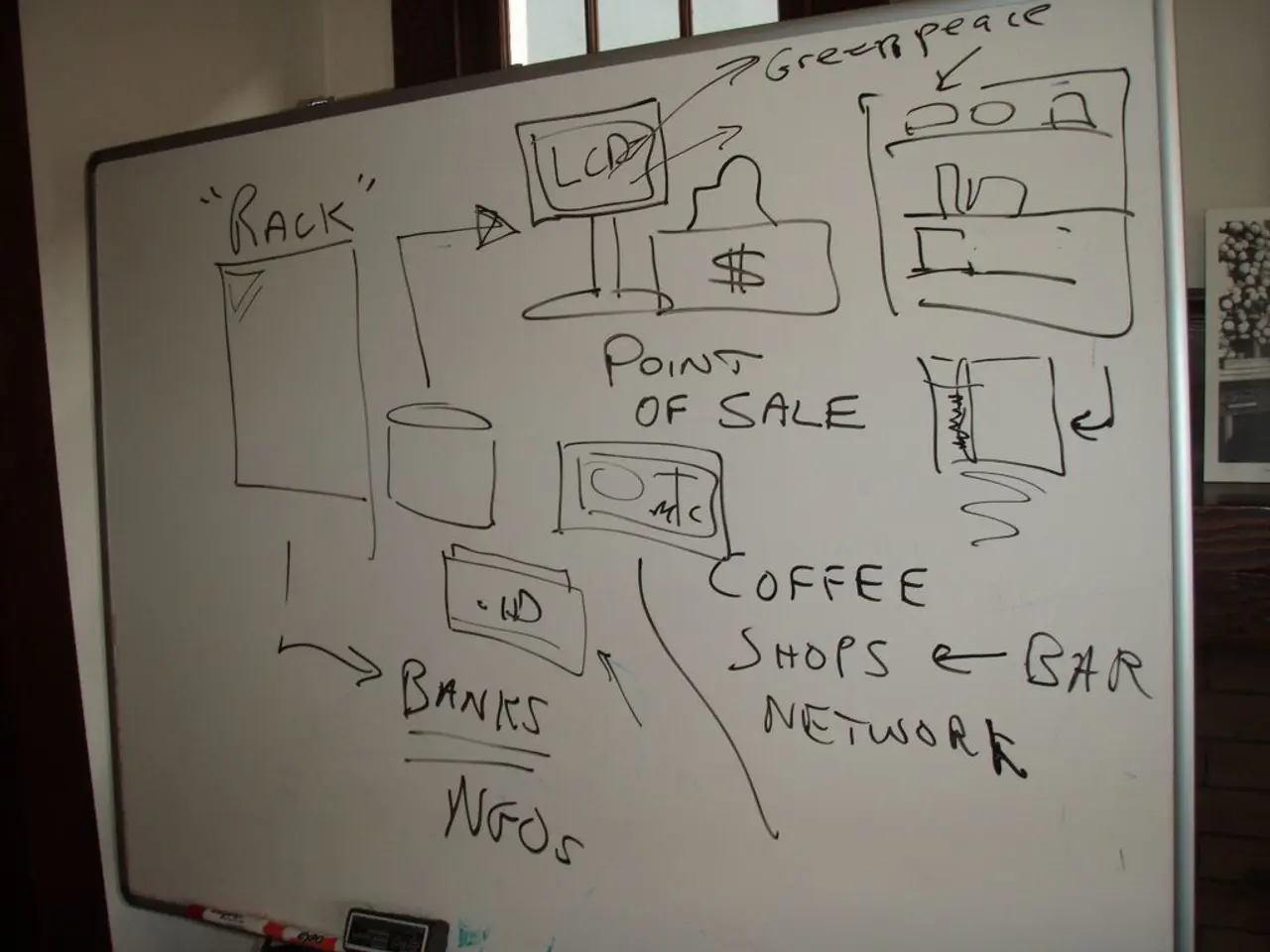New Stab-QRAM Architecture Boosts Quantum Computing Efficiency
Scientists have developed a new Quantum Random Access Memory (QRAM) architecture, Stab-QRAM, which overcomes previous limitations and offers promising applications in complex quantum algorithms.
QRAM, vital for intricate quantum computations, is often hindered by complex operations. The new Stab-QRAM architecture operates entirely with Clifford gates, simplifying implementation and achieving optimal efficiency. It matches storage capacity with data access speed, scaling favorably with the size of the data, and has a space complexity of O(log N).
Stab-QRAM is designed for data with an affine Boolean structure and can be implemented on various quantum platforms, bypassing the need for complex gates. This versatility is achieved by utilizing modular architectures and reconfigurable routers, enabling scalability in QRAM capacity. Researchers are exploring diverse QRAM implementations, including superconducting qubits, surface acoustic waves, and photonic circuits, to overcome challenges like maintaining coherence and ensuring truly random access.
Stab-QRAM, a novel QRAM architecture, offers significant advancements in quantum computing. By operating with Clifford gates and matching storage capacity with data access speed, it opens doors to applications in optimization problems, complex system analysis, and quantum linear systems algorithms. Its design enables implementation on various quantum platforms, circumventing the need for complex gates and paving the way for future developments in the field.
Read also:
- Klinikum Landshut Recognized for Exceptional Care in Breast Cancer, Urology, and Orthopedics
- Senate Tillis under spotlight in North Carolina as IRA tax incentives remain uncertain
- Girona Boosts Hunter Safety with Automated Defibrillators
- projected growth for the natural acetoin market: $291.6 million by 2034








